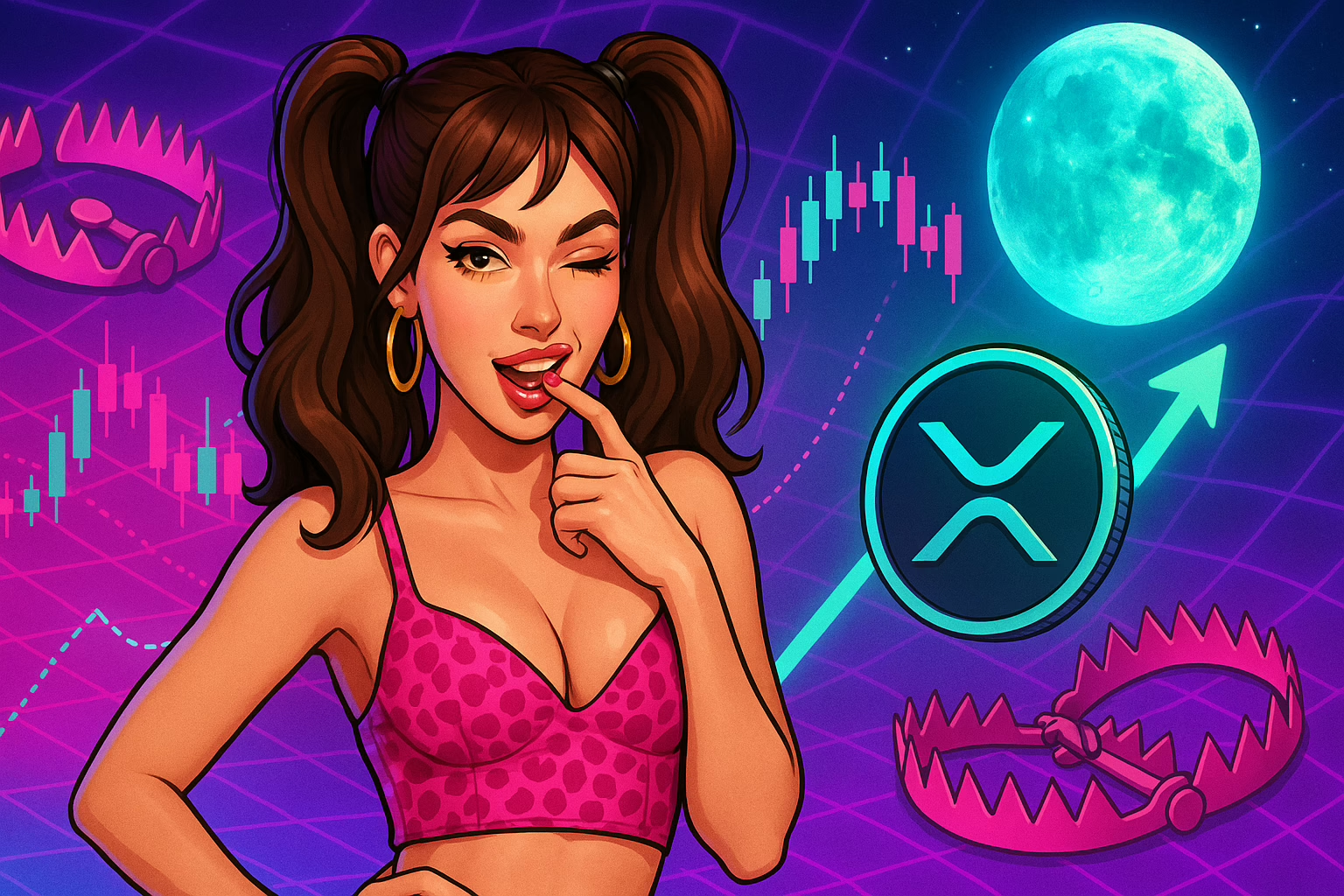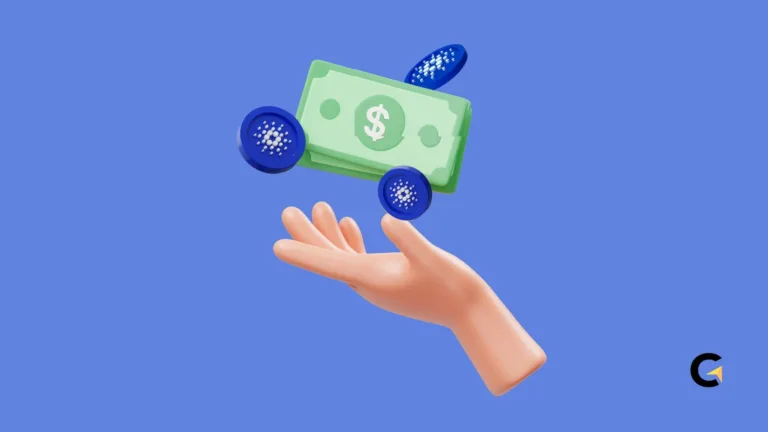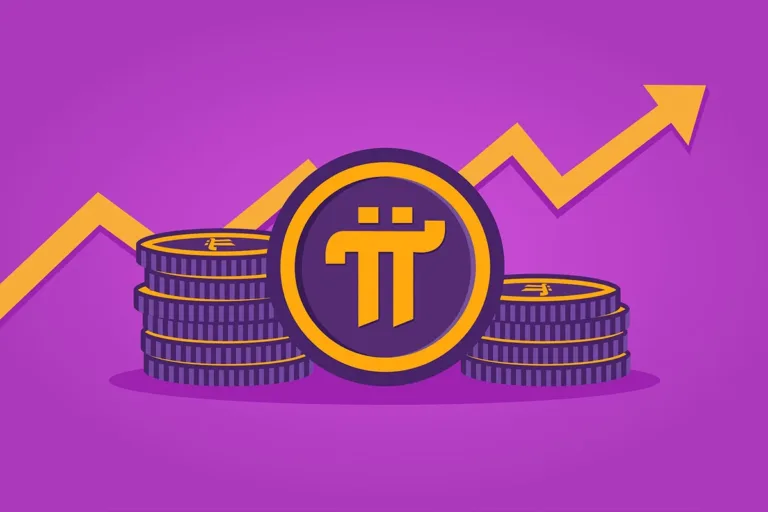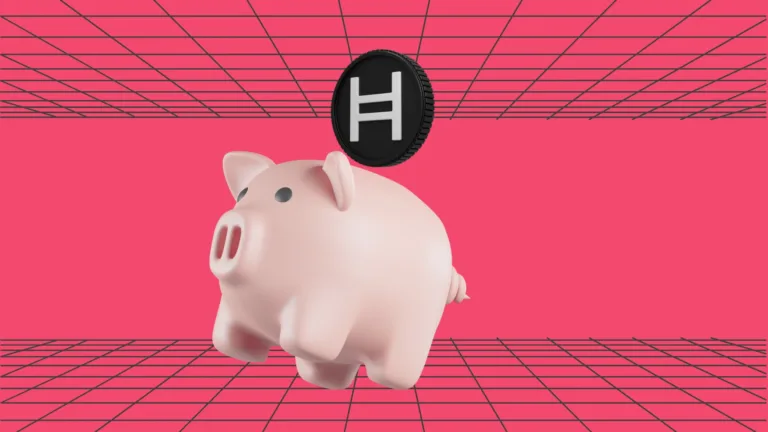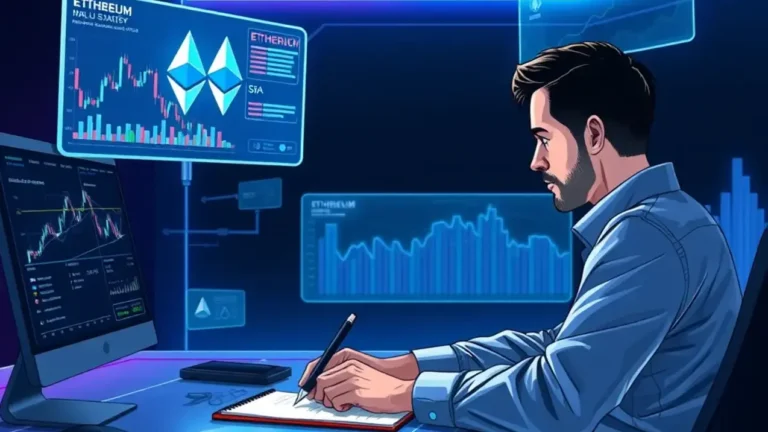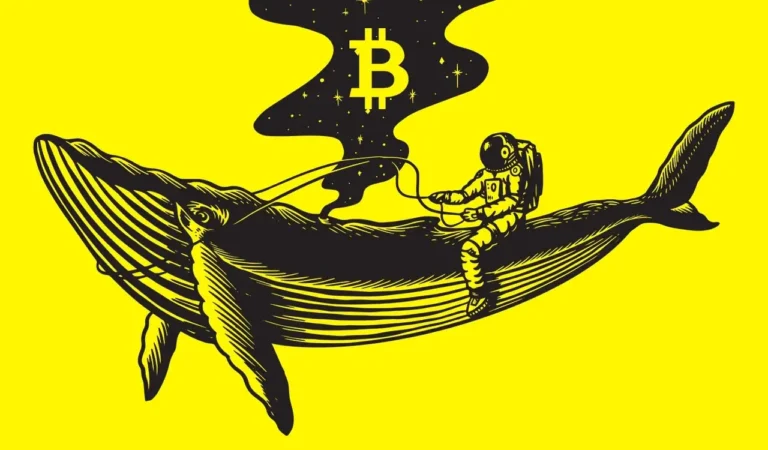6 Go-To Patterns That Spark XRP’s Run to the Moon
When the crypto market gets wild, XRP tends to stand out. Not just because of its strong community, but also thanks to its technical patterns that often drop bold hints before a rally even starts.
And during rebound phases—those crucial moments when price starts recovering after a sharp dip—there are some chart formations that you absolutely need to know.
These aren’t just “maybe buy” signals. They’re the kind of signs that suggest a real trend shift might be underway.
In this breakdown, we’re going deep into the patterns that commonly pop up when XRP is bouncing back.
Quick Facts You Need to Know
Hide-
Double Bottom highlights strong support and a reversal point after testing lows twice.
-
Cup and Handle shows brief consolidation before a bullish breakout.
-
Symmetrical Triangle signals accumulation and breakout potential.
-
Bull Flag means the rally paused—but likely isn’t done.
-
Ascending Triangle shows growing buying pressure ready to explode upward.
-
Inverse Head and Shoulders suggests a major trend reversal from bearish to bullish.
This isn’t just surface-level stuff—we’re talking shapes, meaning, and real-life examples pulled from XRP’s actual chart. So, grab your mental notebook. This isn’t just content—it’s your battlefield guide to the market.
1. Double Bottom — The “W” That Doesn’t Lie
The Double Bottom is like a red alert to bears: “Watch out, the bulls are back.” It forms when price dips twice to around the same support zone and fails to go any lower. What you get is a nice-looking W on the chart.
With XRP, one example was when it dropped to around $2.20, bounced, then dropped again to a similar level. Once it broke through the neckline at $2.50, bullish momentum kicked in hard.
From there, price often launches. The upside potential? Typically +15% to 25% from the breakout zone. But heads up: volume needs to back it up. Without that, this W can turn into a trap.
Why It Matters:
-
It proves the support zone is legit after being tested twice.
-
A confirmed neckline breakout = bulls are in control.
2. Cup and Handle — When the Market’s Just Sippin’ Before It Sprints
The Cup and Handle is a classic pattern that gets slept on way too often. Picture a rounded cup shape, followed by a small consolidation drift on the right side—that’s the handle. What comes next? A breakout, usually upward.
XRP flashed this pattern during its climb from $1.61 to $2.10, forming the cup. Then it chilled around $1.85–$2.00 for a bit—that’s the handle. Once the base held and buyers stepped in, the price ripped higher.
What makes this setup beautiful is how it shows balance and buildup before the breakout. And the move? It’s often +20–30% once the handle breaks.
Pro Tip:
-
It’s okay if volume dips during the handle—it’s part of the cooldown.
-
A rounder, deeper cup = more solid signal.
3. Symmetrical Triangle — Quietly Stacking Up Power
If the chart starts to tighten and price moves into a triangle shape with converging trendlines, don’t scroll past. That’s a Symmetrical Triangle, a classic consolidation zone before things get spicy.
This pattern shows up when support and resistance lines start squeezing in. Price gets stuck—building pressure. On XRP, this happened over a seven-month period. Once it broke above $2.20, boom: the rally was on.
What to Watch:
-
Not all breakouts go up. A breakdown is also on the table—stay alert.
-
Wait for a confirmed breakout backed by strong volume. No volume = fakeout danger.
4. Bull Flag — A Rally Pitstop Before the Next Leg Up
After a monster price spike, the market usually takes a breather. That breather often forms a Bull Flag: first, a sharp rally (the flagpole), then a shallow downward-sloping channel (the flag), followed by another strong move upward.
XRP showed a textbook Bull Flag after pumping 586% from $0.49 to $3.37. From January 2025, it started coasting in a tighter channel.
Analysts saw this as a flag formation, and if the breakout hits, targets as high as $10 could come into play.
Why It Works:
-
Signals strength and trend continuation.
-
The next price leg typically mirrors the height of the flagpole.
Validation Checklist:
-
The flag should be tight—not a messy chop-fest.
-
Breakout must come with serious volume and strong momentum.
5. Ascending Triangle — The Ultimate Bullish Pressure Cooker
If you see price pressing against a flat resistance line while making higher lows from below, that’s an Ascending Triangle—a super bullish formation.
XRP printed this pattern around $2.23–$2.24. When price broke above the horizontal ceiling, it quickly made a run toward $2.50–$2.75.
Why? Because this setup is all about building buying pressure until resistance just can’t hold anymore.
Technical Breakdown:
-
Flat top = resistance.
-
Rising bottom = aggressive buyers stepping in.
-
Breakout = ideal entry point.
Rule of Thumb:
-
Volume must spike on breakout—no exceptions.
-
The longer the triangle builds, the more explosive the breakout.
6. Inverse Head and Shoulders — The Trend Reversal OG
This one’s a legendary reversal pattern. The Inverse Head and Shoulders forms when price drops into three valleys: a low (left shoulder), an even lower one (the head), then a higher low (right shoulder). The neckline forms the resistance connecting the two shoulders.
On XRP’s chart, this setup started forming back in March 2025. When price broke above the neckline at $2.33, the bullish signal lit up—targets were set around $2.64–$2.75.
What It Represents:
-
Bears are running out of steam, and bulls are taking charge.
-
A neckline breakout often sparks a medium-term trend reversal.
📌 Quick-Glance Recap: Pattern Cheat Sheet
| Pattern | Rebound Signal | Typical Target |
|---|---|---|
| Double Bottom | Two dips + neckline breakout | +15–25% from neckline |
| Cup and Handle | Rounded cup + handle, then breakout | +20–30% from handle |
| Symmetrical Triangle | Breakout from narrowing range | Height of the triangle |
| Bull Flag | Sharp rally → flag → breakout | Height of the initial flagpole |
| Ascending Triangle | Flat resistance, rising support → breakout | Width of the triangle |
| Inverse Head & Shoulders | Reversal setup with neckline breakout | Height of the pattern |
Final Thoughts: Patterns Aren’t Guarantees—They’re Your Compass
In the world of trading, nothing is ever guaranteed. But chart patterns? They’re one of the most powerful tools to help you visually decode the market’s vibe. Think of them as the market whispering: “Watch me closely. I’m about to make a move.”
Still, don’t rely on patterns alone. Always confirm your setups with supporting indicators like volume, RSI, and moving averages. Sometimes a pattern looks picture-perfect, but if it’s not backed by momentum, it’s just smoke and mirrors.
Trading isn’t about guessing—it’s about mapping out probabilities. And by understanding these patterns deeply, you’re not just riding the wave—you’re positioning yourself right where the tide turns.
So next time XRP starts to rebound, don’t just watch from the sidelines. Now you know which patterns to look for—and more importantly, how to act when they show up.
Frequently Asked Questions (FAQs)
What is an XRP price rebound?
It’s the moment when XRP starts climbing back up after a price drop—often signaled by technical patterns like Double Bottom or Bull Flag.
How do I know if a pattern is valid?
Look for volume confirmation during breakout. Check indicators like RSI and MACD. And make sure key moving averages (like MA50 or MA200) support the trend.
Do these patterns always work?
Not always. False breakouts happen. That’s why it’s crucial to use stop-loss orders and wait for confirmation before jumping in.
Which patterns appear most often in XRP?
Double Bottom and Bull Flag are frequently spotted, especially when XRP starts bouncing back from lows.
How does timeframe impact pattern strength?
Short-term patterns (like 1–4 hour Bull Flags) work for scalping. Bigger patterns (like daily Double Bottoms or weekly Inverse H&S) are better for swing trades.

